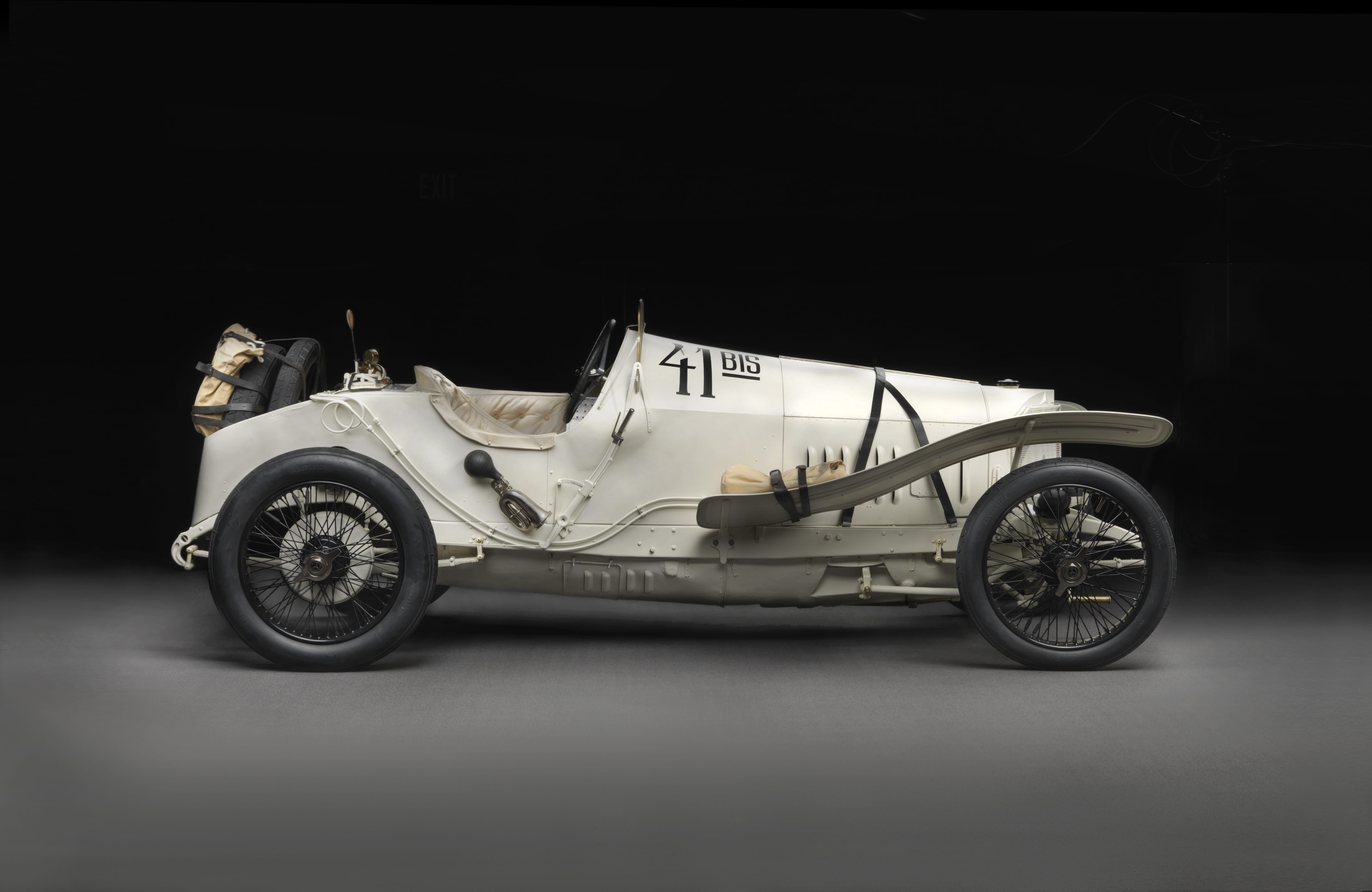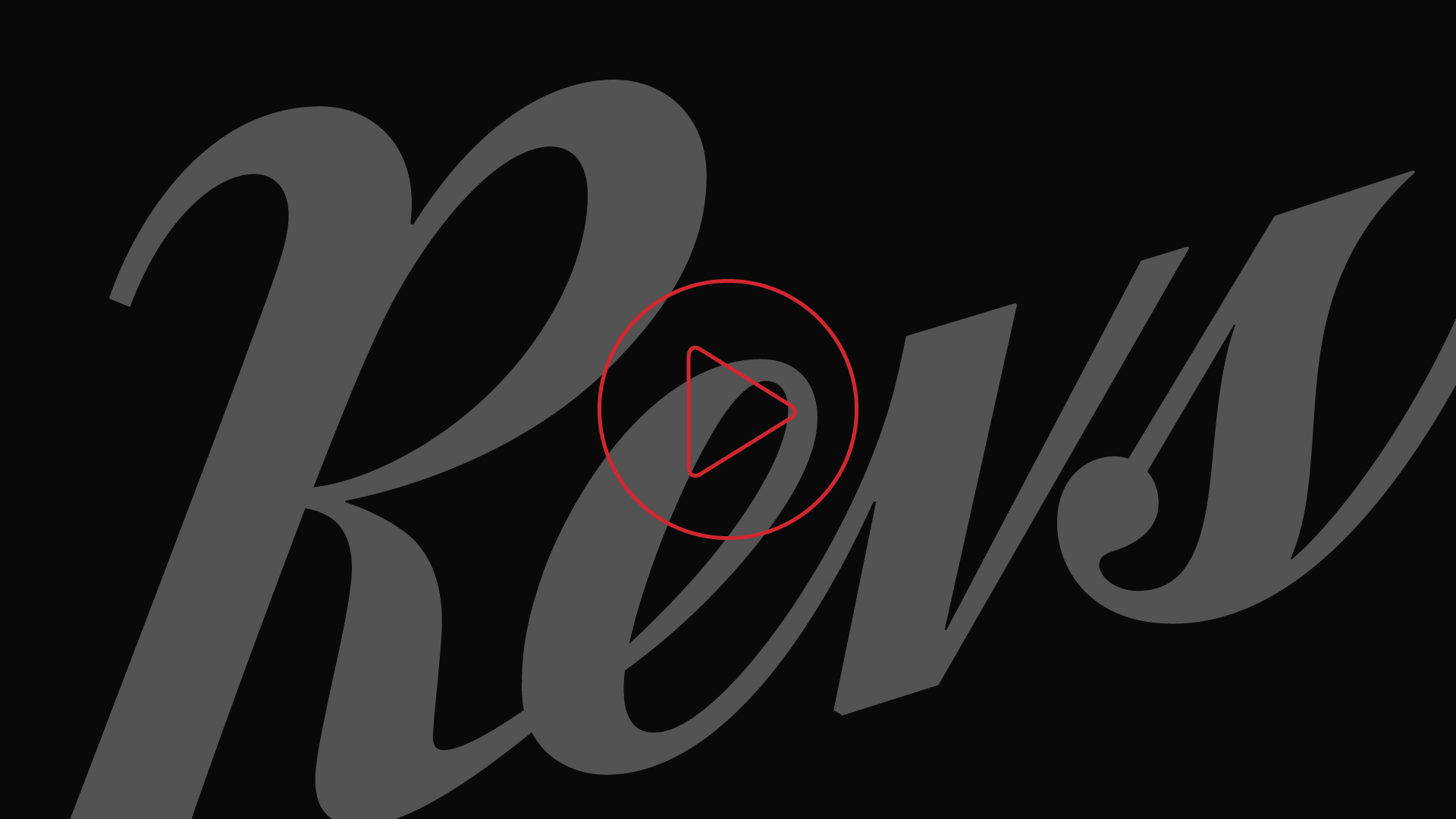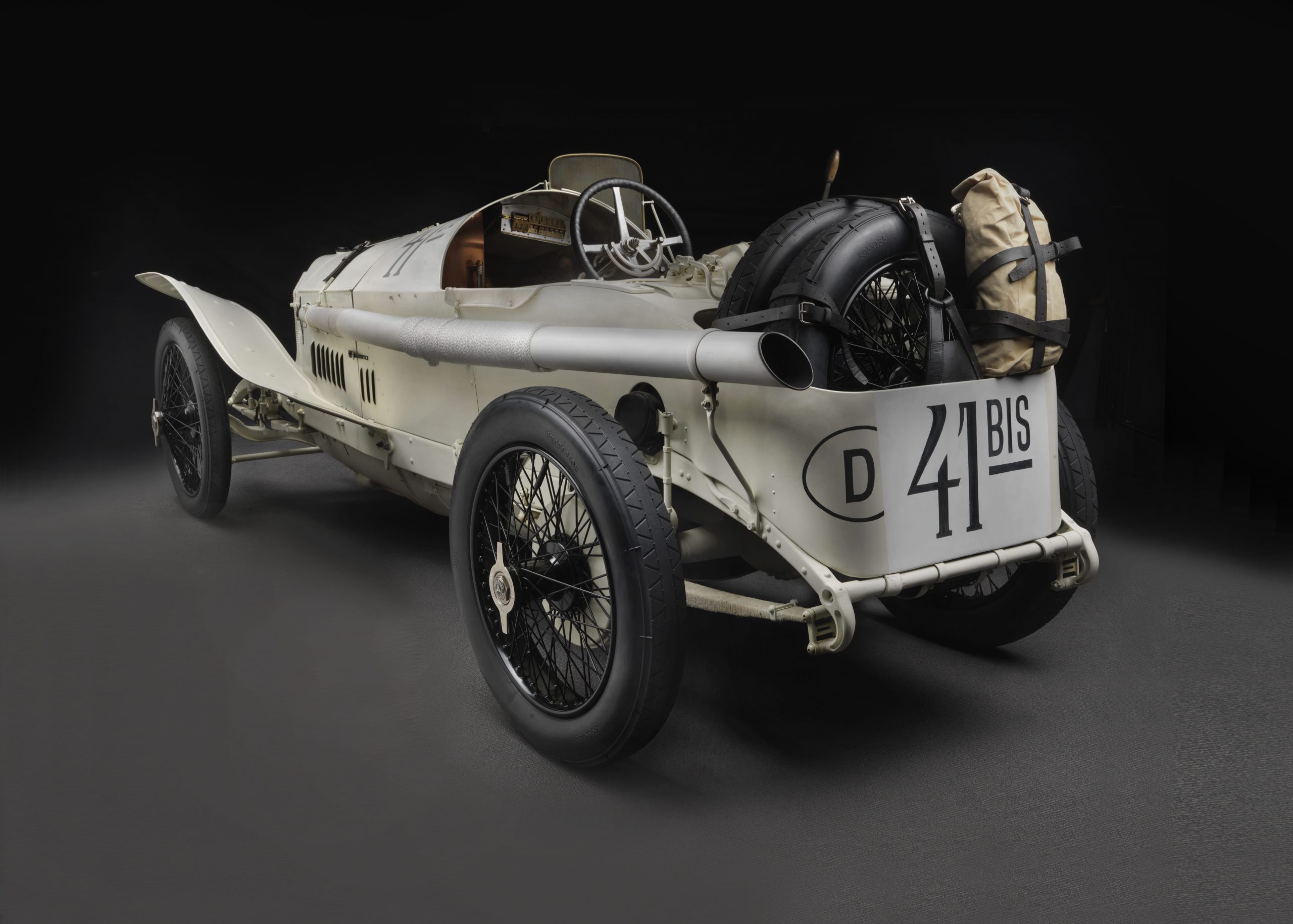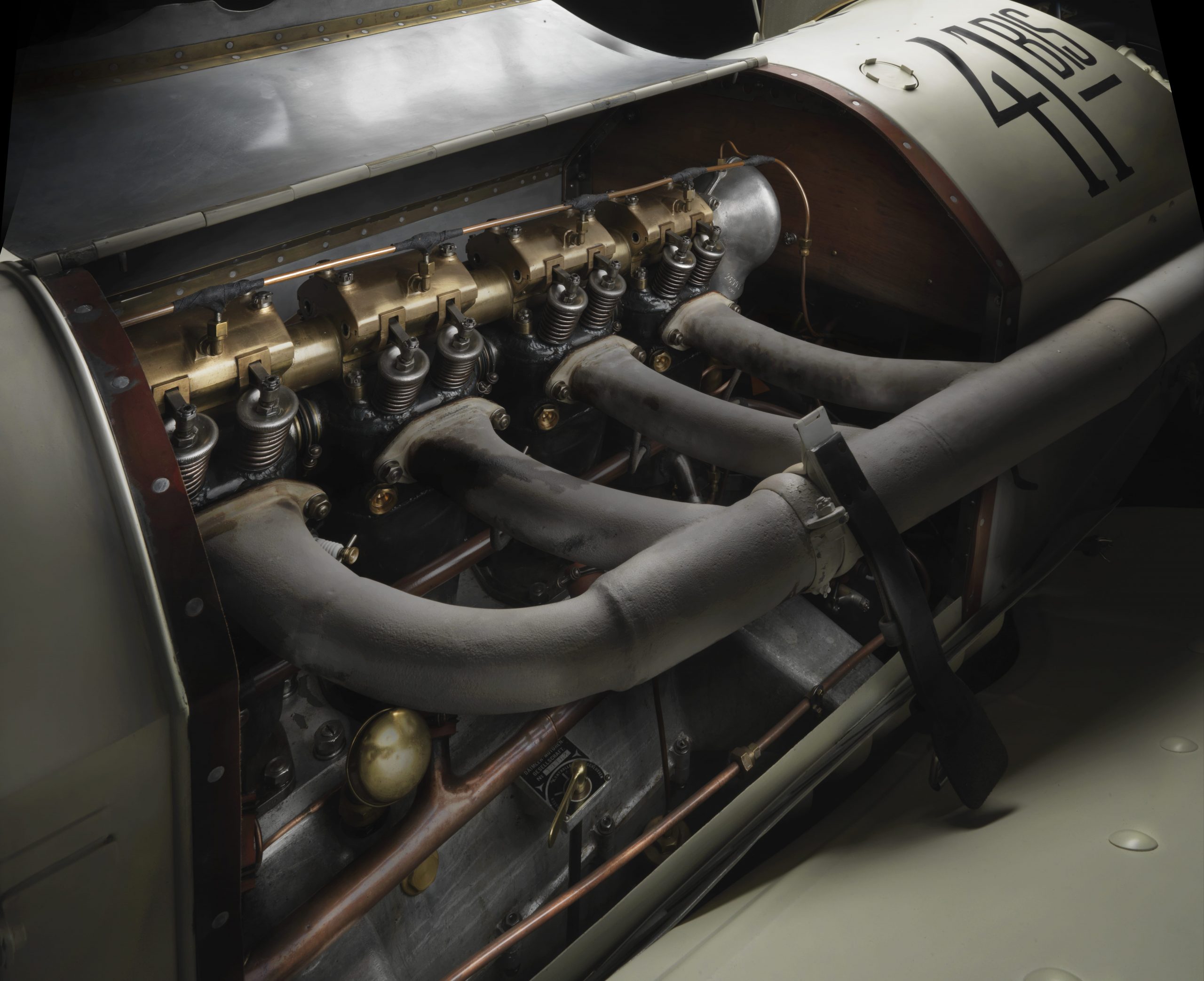Tech Specs
Four-cylinder in-line engine, single overhead camshaft, 4483cc(273.7 cubic inches), 115 HP at 2800 rpm
Before/After
1914 Mercedes


About the 1914 Mercedes Type 18/100 Grand Prix
If you had turned to your automotive friends 100 years ago and asked what, in their opinion, was the most outstanding race ever, they would have unanimously answered “The 1914 French Grand Prix.” This race–held by the L’Automobile Club de France, which took place at the Circuit de Lyon on July 4, 1914–is still, even today, considered by many to be one of the greatest races of all time for its nail biting drama, raw national pride, and gladiatorial combat, where the drivers and their cars were subjected to the most grueling trial of stamina for over 7 hours and 753 km. (470 miles) on roads destroyed by the ferocious racing.
France was the favored team as they arguably had the most technologically advanced cars and three ace drivers, including veteran George Boillot, all driving the new Peugeots fitted with four-wheel brakes. Germany, who had in previous years suffered humiliating defeat at the ACF races, was represented by five specially built Mercedes race cars, also technically advanced, but lacking four-wheel brakes putting them at a disadvantage against the Peugeots.
The quality of materials and craftsmanship are of the highest order. Six cars were built, leaving one as a backup should an accident or mechanical failure eliminate one of the others. All six cars were thoroughly tested and fine tuned by the drivers. The circuit was surveyed, and transmission gear ratios adjusted for maximum speed over the undulating road with many curves, hairpin corners and a long straight where the cars touched 120mph.
The race began at 8:00a.m. and it quickly became apparent that the contest would be between the Mercedes and Peugeot teams. When accelerating and on the long straight, Mercedes were fastest but had to start braking early for corners; whereas the Peugeots, though not as quick in acceleration but with the advantage of four wheel brakes, could leave their braking later and overtake going into the corner. The cat and mouse chase went on throughout the race. Positions swapped and were swapped again, Boillot’s Peugeot, Lautenschlager’s Mercedes, Peugeot, Mercedes. The crowds went mad cheering their heroes, Boillot receiving the loudest cheer as he swept past the grandstands.
At the end, the thoroughness of Mercedes’ preparation paid off with a 1-2-3 win. After leading for 12 laps, Boillot, had slipped to 2nd place on lap 18, and dropped out on lap 19 of the 20-lap race. It was a crushing defeat for Peugeot and the French team.
The car in front of you did not take part in the actual race but was used during practice while car number 41 underwent repairs to the transmission–hence the number 41BIS (BIS meaning “second” or “spare”). The winning Mercedes driven by Christian Lautenschlager survives and is held in a private collection.
Photos – Peter Harholdt







